The U.S. Navy Loening XLFPF "Loner"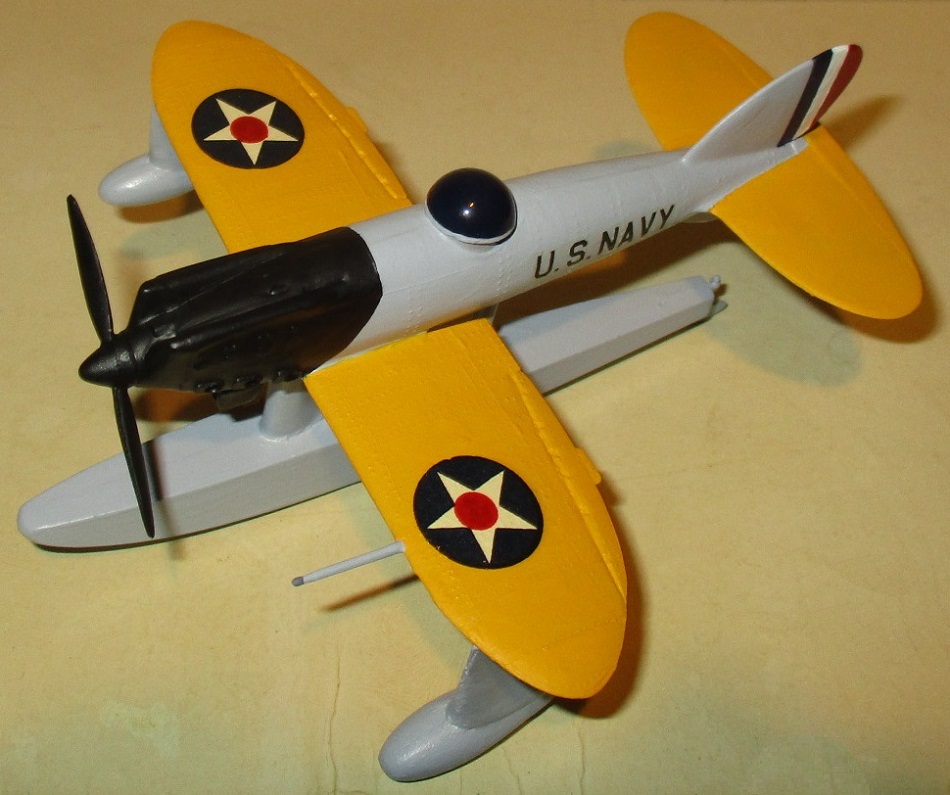
While the Loening Co. is well-known as the maker of the famous
Loening OL amphibian
they're less known for a follow-on, the XLFPF prototype float-plane fighter.
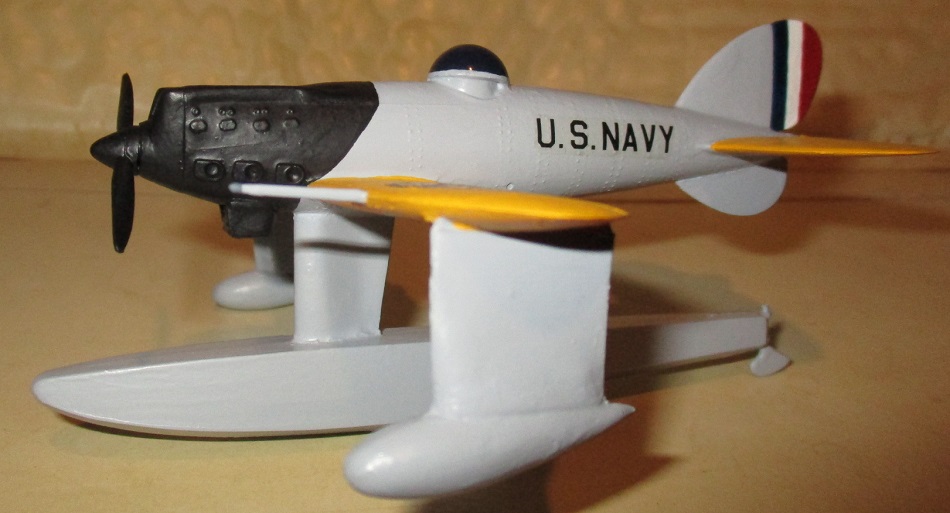
Developed soon after the Lone Eagle's famous non-stop Atlantic flight
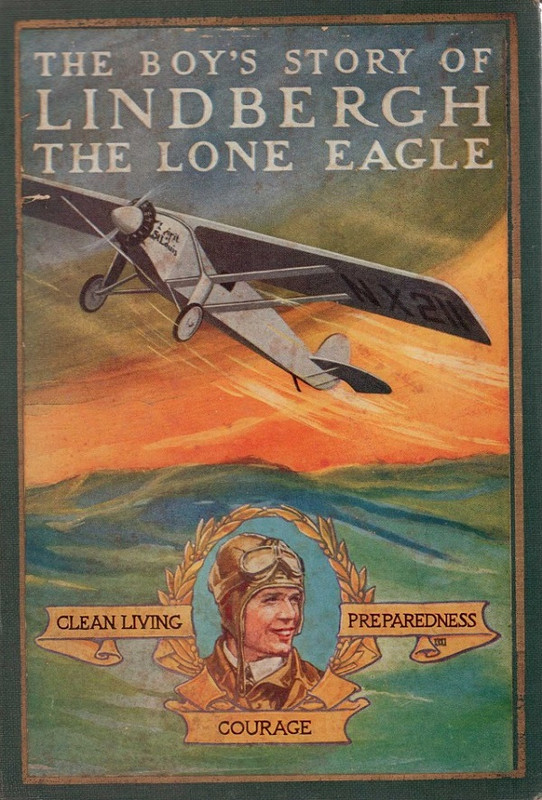
during a time of rugged individualism one could rightfully call the Lonely Era.
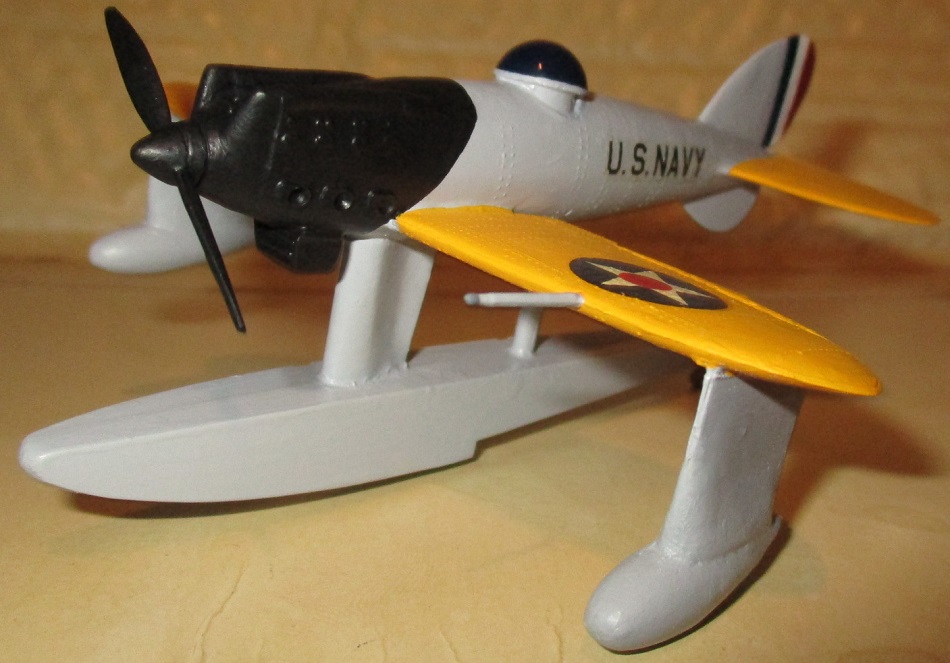
So it seems natural a single-seat Loening float-plane would be called the Loner.
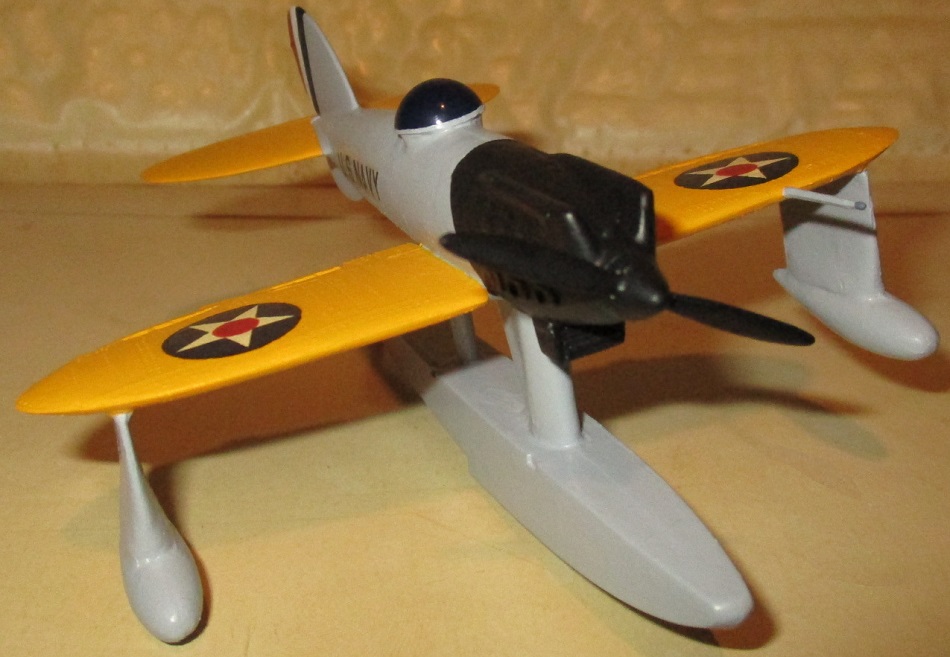
Envisioned as a means of air defense for areas such as archipelagos, small beach heads, deltas, swamps and creeks, the Loening XLFPF "Loner" was ideal for use when aircraft carriers were impractical.
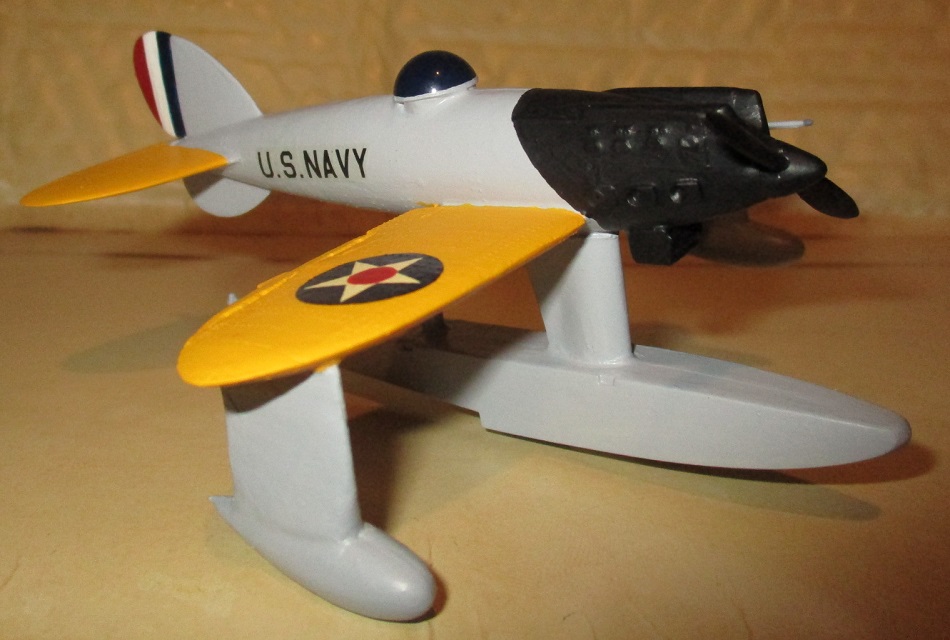
The Navy's Bureau of Aeronautics was impressed with the design and gave Loening the go-ahead to construct a prototype in 1929.

The new XLFPF prototype completed flight-tests as the 1930's dawned. The Navy's BuAer requested additional endurance testing in the form of long-range friendship flights to Central and South America.
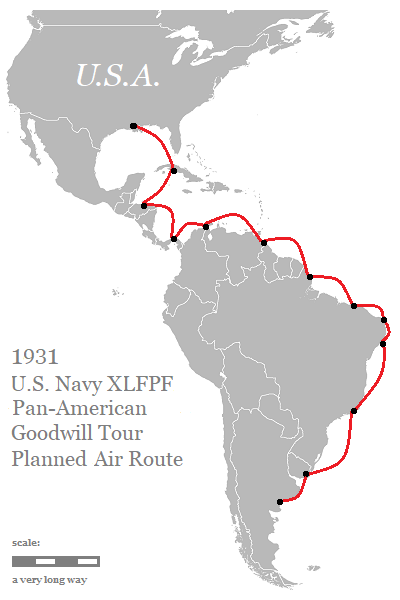
The route and distances were daunting, but the Navy would have warships waiting at various points to assist in refueling, navigation, and rescue if needed.
The Pan-American flight had every indication of success but even the best-laid plans are apt to be un-done by mechanical gremlins.

Unfortunately, engine trouble forced the pilot to divert to Corpus Christi, Texas. After repairs were made, the XFPF continued south to Mexico.
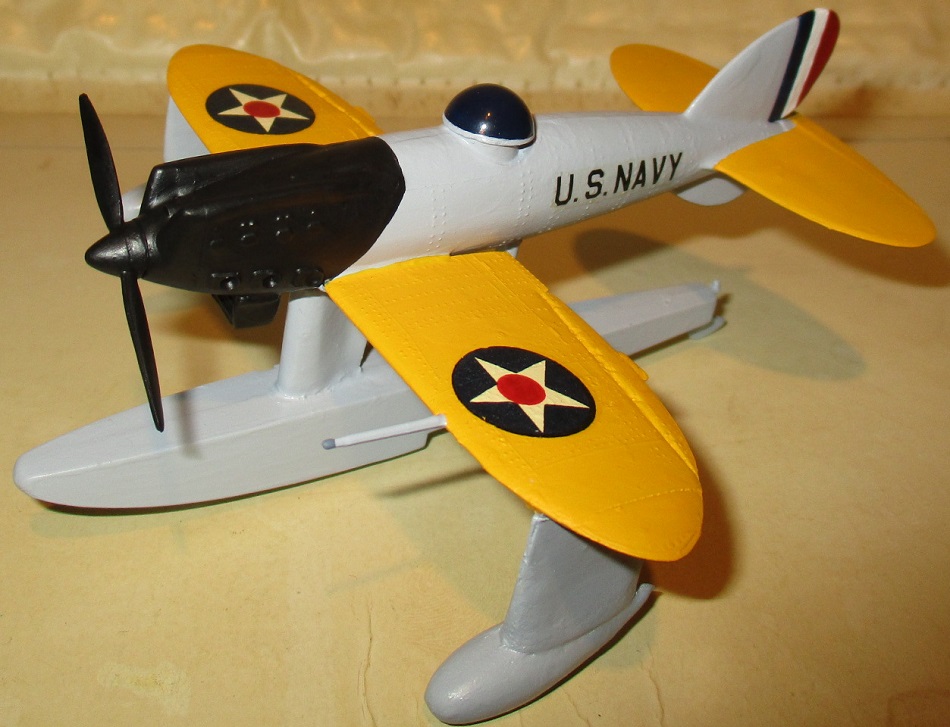
Where it broke down again. And was repaired again.
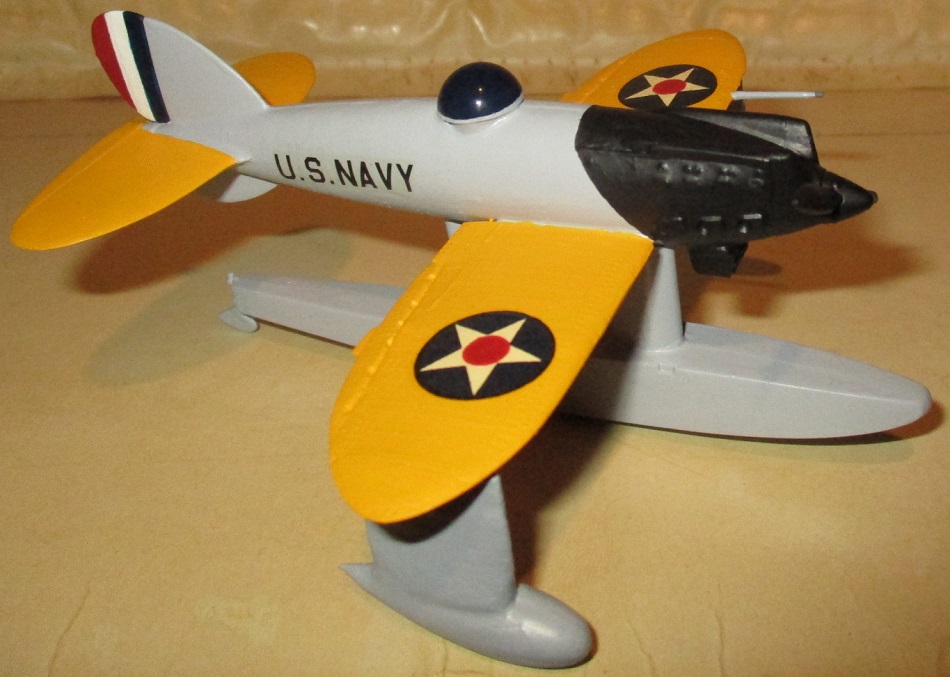
This would continue on each and every stop during the flight.
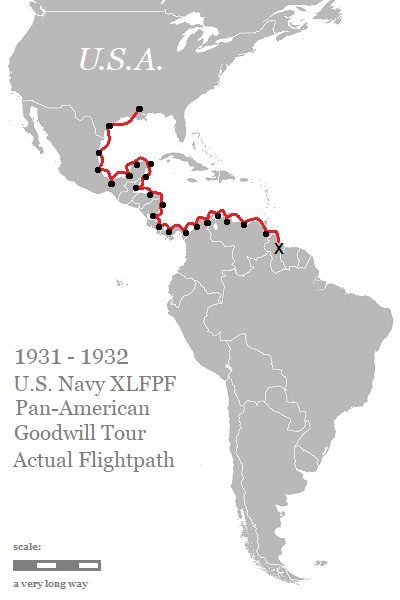
The Pan-American goodwill tour became full of bad will because the pilot had to constantly coerce the locals into fixing never-ending mechanical break-downs.
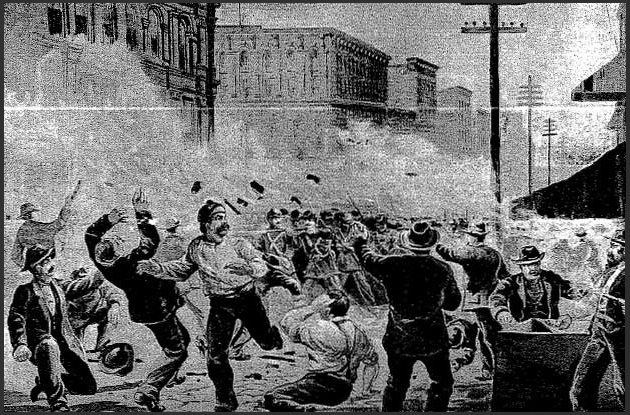
The aircraft was finally abandoned in Guyana as the pilot ran from an angry crowd of local mechanics and their families.
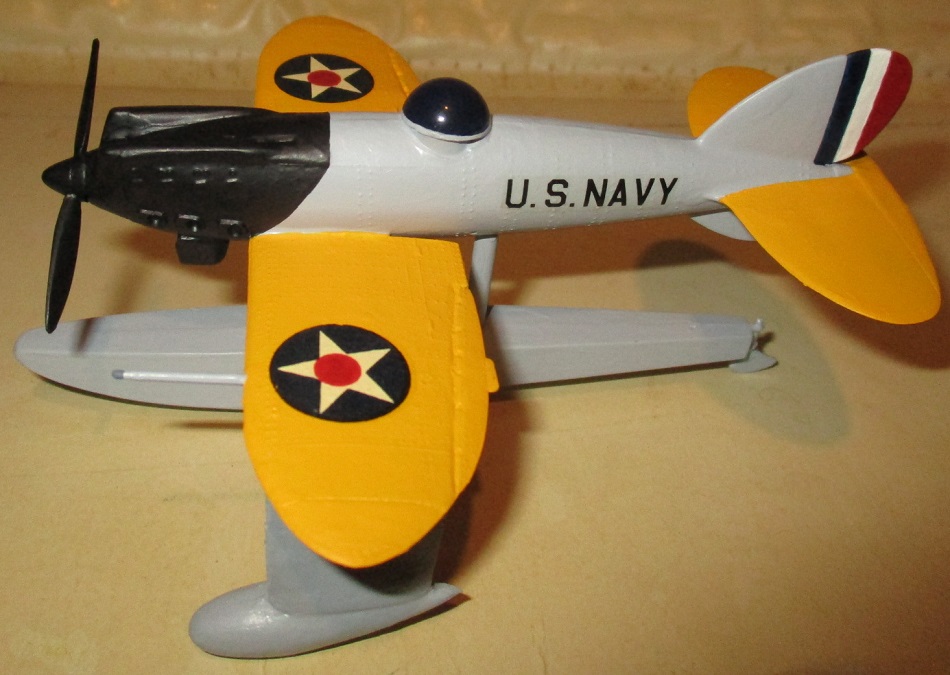
The light-heavy battle-cruiser
U.S.S. Cascadia spirited the pilot back to the United States but it would take a lot longer for his Loening XFPF "Loner" to return.
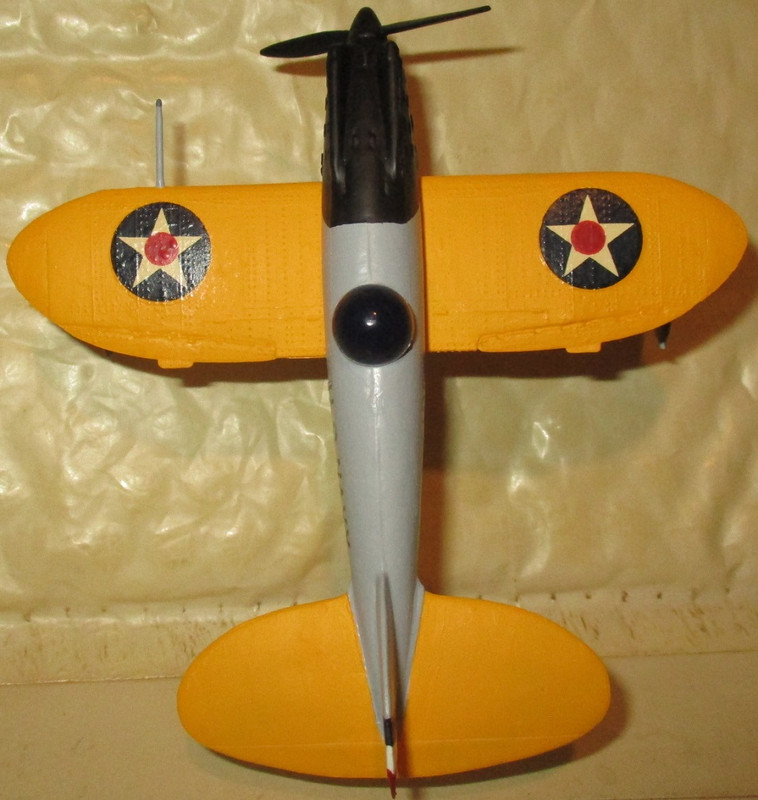
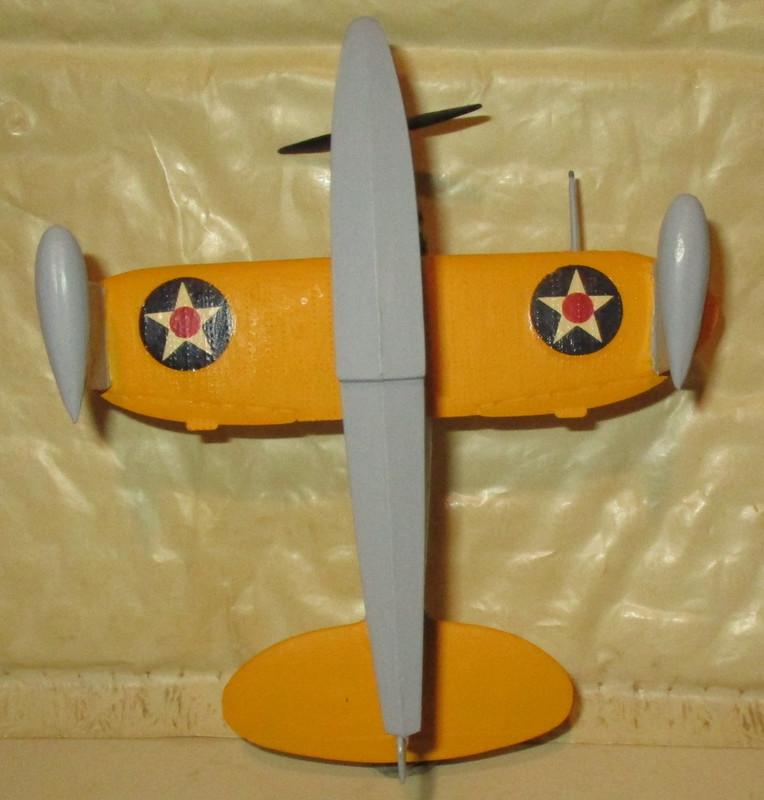
By the time things quieted down in Guyana, the prototype float-plane fighter had been torn apart during the riots and the pieces were packed up and put in the mail. Fifth class.
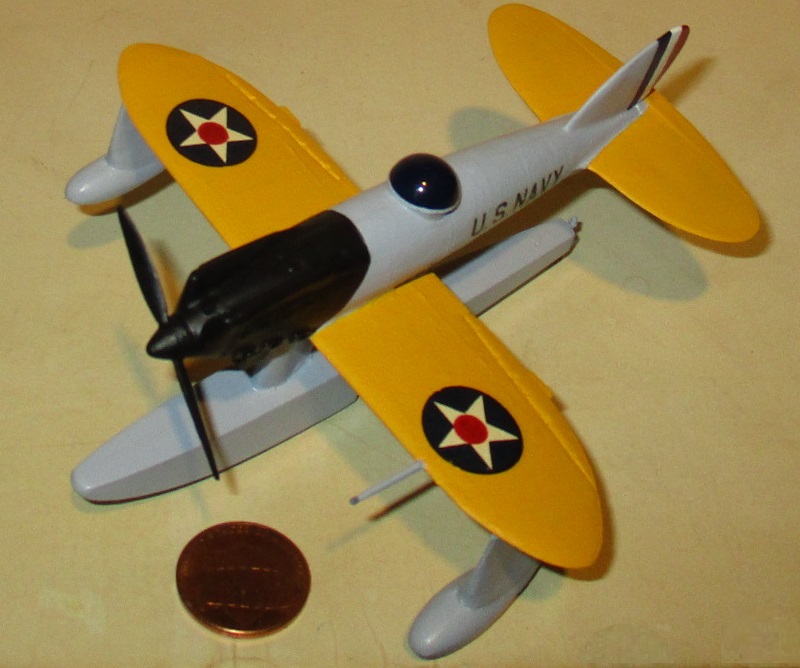
It finally arrived in even more pieces in 1933. By then the Depression had taken hold and the Navy wasn't going to be getting any new aircraft.
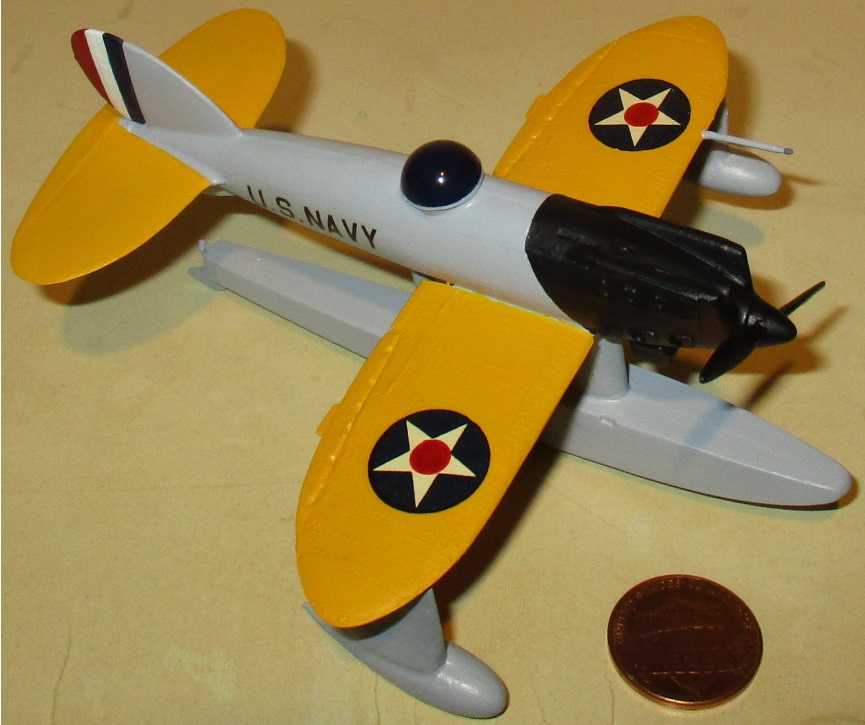
Nothing remains of this once promising (on paper) float plane fighter today except an access panel which lies derelict and forgotten in a closet of the Pelican State Seamen's Association Ladies' Auxilliary Museum Gift Shoppe Cafe` & Creamery on Lake Pontchartrain Landing, Maxfield Parish, Louisiana (Who dat?).
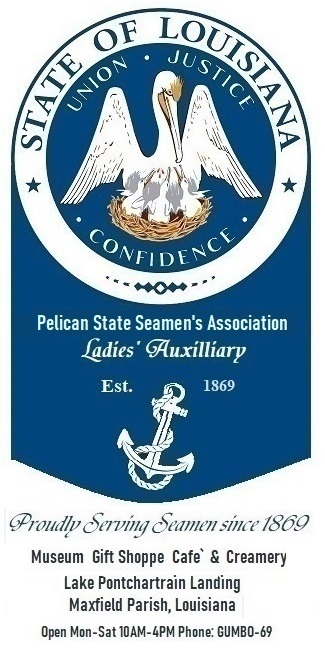
Still, for one brief moment the Loening XLFPF "Loner" showed the promise of a bright float-plane future.
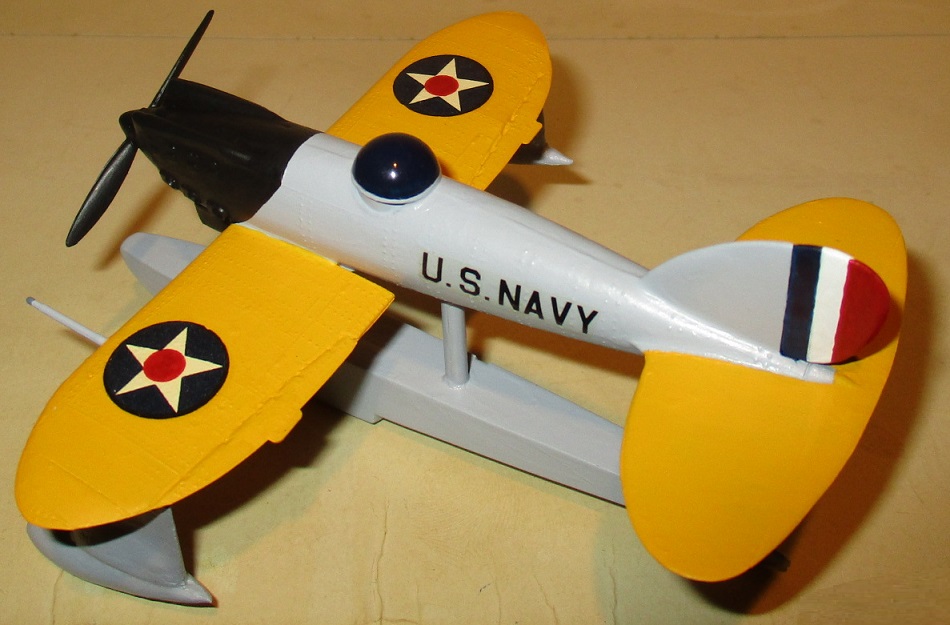
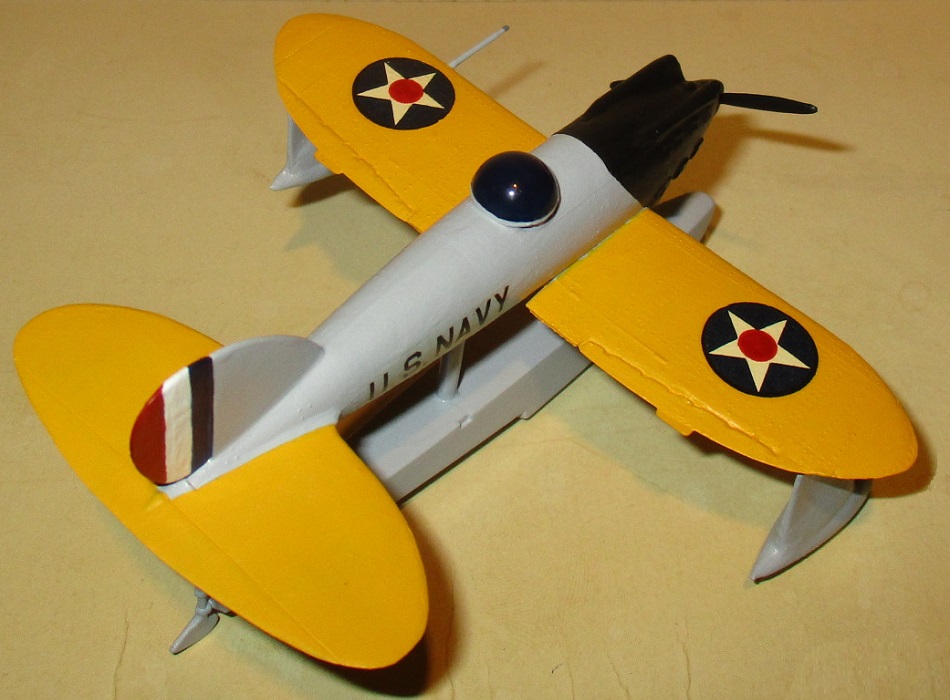
Brian da Basher